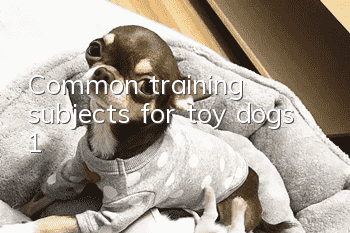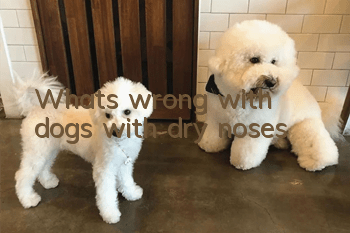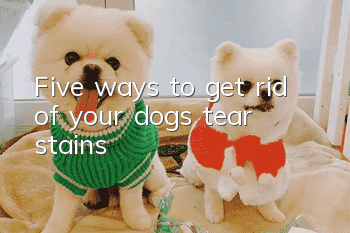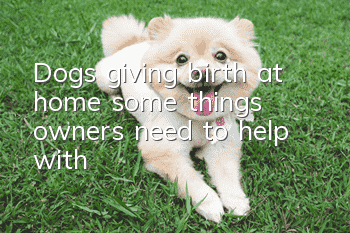Common training subjects for toy dogs (1)

Commonly used training subjects for toy dogs mainly include coming, sitting, lying down, standing, moving forward, accompanying, wandering, quiet, quiet rest, swimming, performance, etc.
(1) Come. The purpose of training is to enable the dog to quickly return to the owner's side and sit down under the owner's command.
Password: "Come". Gesture: Stretch your left hand to the side, then put it down naturally.
During training, first call the dog’s name, then give the “come” command, and at the same time lure the dog with food or objects. When the dog comes to the front, give food rewards in time. After many trainings, the dog will respond to “come”. "The command and gestures form a conditioned reflex.
(2) Sit down. The purpose of training to sit down is to train the dog to sit down quickly and accurately according to the owner's command.
Password: "Sit down". Gestures: When training to sit on the front, extend the right arm to the side, with the forearm upward and the palm facing forward, forming an L shape; when sitting on the left side, tap the left thigh with your left hand.
First, let him stand on the left side, and then give the "sit" command. At the same time, press the dog's waist corner with his left hand or gently bend and press its hind legs. When the dog is forced to sit down, reward it immediately. After multiple trainings like this, the dog can develop the habit of sitting. The training method of front-facing sitting is that the owner guides the dog to the opposite side of himself, makes a front-facing sitting gesture with his right hand, and issues the "sit" command. According to the above method, the dog is forced to sit down, and the dog is rewarded immediately after sitting down. After many times of training, dogs can form strong conditioned reflexes for commands and gestures.
(3) Lie down. Lying down training is to cultivate the dog's ability to lie down quickly according to the owner's command.
Password: "Down". Gestures: Lie on your front, raise your right hand up, and then stretch it forward with your palm facing down; lie on your side, point your right hand downward from in front of the dog.
First, make the dog sit on the left side. The owner takes a step forward with his right leg, bends his body forward and downward, and then uses the food held in his right hand to lure the dog. When the dog shows acquisition, take the opportunity to slowly move the food forward and downward from the bottom of the dog's mouth, and at the same time issue the "lie" command. When the dog lies down, reward it with food in time. In the future, as the conditioned reflex gradually forms, the food stimulus can be cancelled, and the dog can be made to lie down with verbal commands and gestures. Another method is to make the dog sit down on the left side, then the owner takes a step back with his left leg and assumes a squatting position, holds the dog's two forelimbs with both hands, gives the "lie" command, and extends the dog's two forelimbs forward. , and at the same time press the dog's shoulder swelling with your left arm, and reward the dog immediately when he lies down correctly.
(4) Stand. That is to cultivate the dog's ability to stand according to the owner's command.
Password: "Li" or "Stand". "Stand". Gesture: Stretch your right arm straight forward from bottom to top, palm facing down.
First, make the dog sit down, gently grasp the neck with your right hand, stretch your left hand towards the dog’s back abdomen, and say "stand"At the same time, lift up your left hand to make the dog stand. When the dog stands, reward it immediately. Repeat this training until the dog hears the "stand" command and gesture and stands immediately.
(5) Move forward. It is the ability to train a dog to move in a certain direction according to the owner's command.
Password: "Go". Gesture: The owner kneels down with his left leg, stretches his right arm forward, and points his palm inward in the forward direction.
First, let the dog sit down in a quiet place. The owner walks forward about 20 meters. After pretending to put the object, he quickly returns to the right side of the dog and commands the dog to move forward with commands and gestures. When the dog arrives at the place where the items are pretended to be placed, make the dog sit down and quickly go to the dog to reward it. If trained repeatedly, the dog will be able to move forward using only verbal commands and gestures.
- How long does it take for dogs to be dewormed before all the worms are killed?
- Signs of depression in dogs, come and see if your dog has it
- What should you do when faced with "fungi + mites + inflammation"?
- Select competition-grade Husky puppies based on bone proportions
- Illustration of the correct ways and precautions to greet your dog
- Dogs have dandruff and hair loss
- What to do if Teddy can’t digest dog food
- Will the ancient shepherd dog recognize its owner?
- Does Corgi recognize its owner?
- Can a dog recover after being hit by a car and unable to stand on its hind legs?



